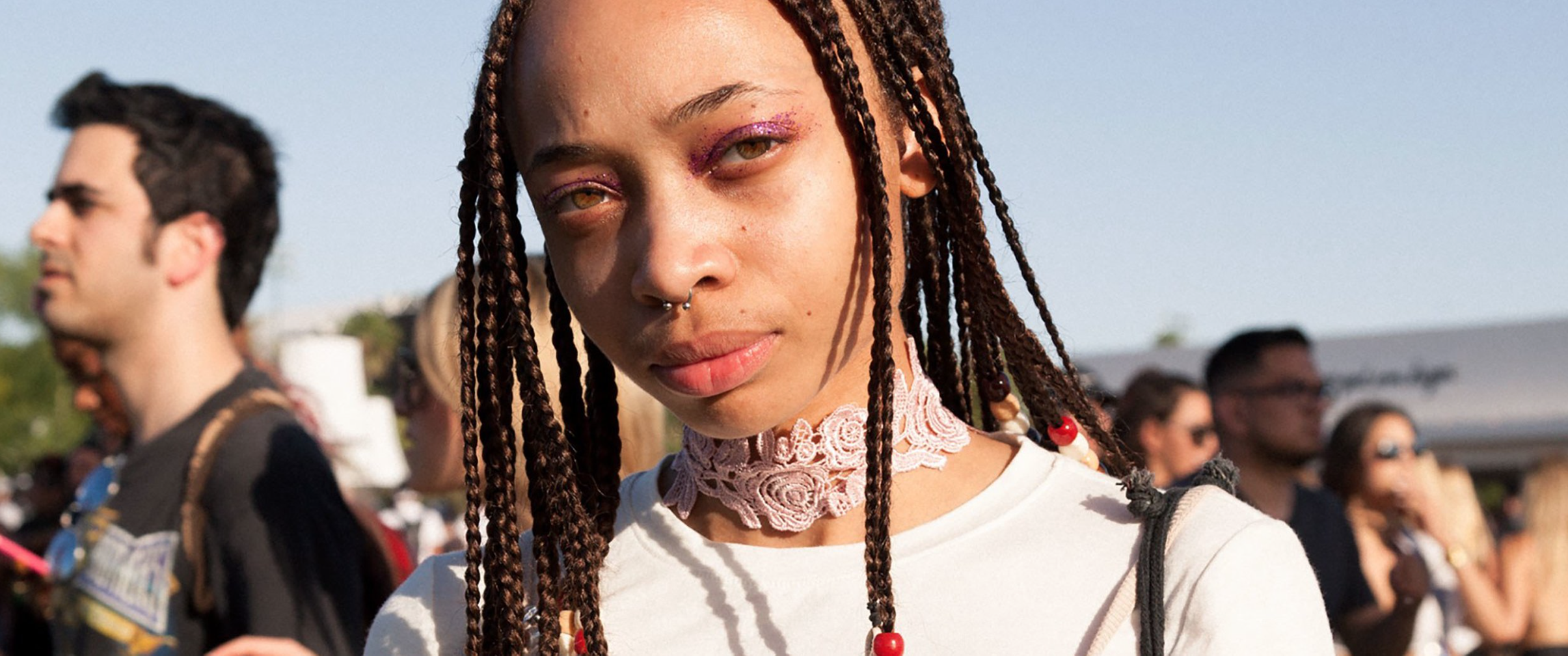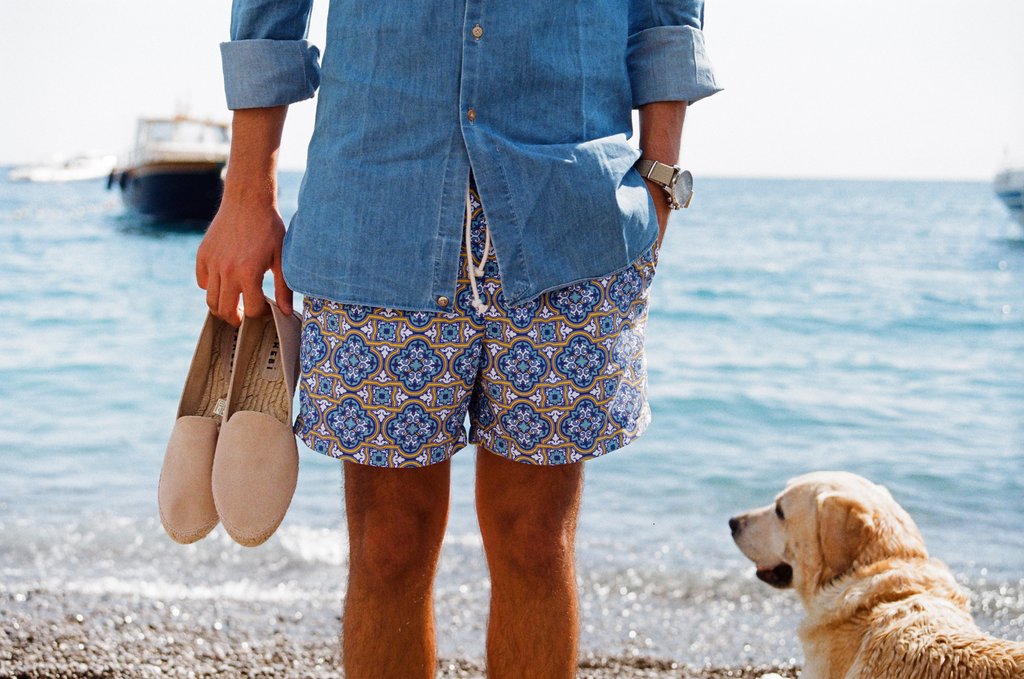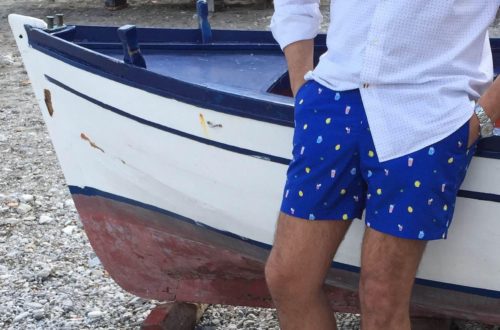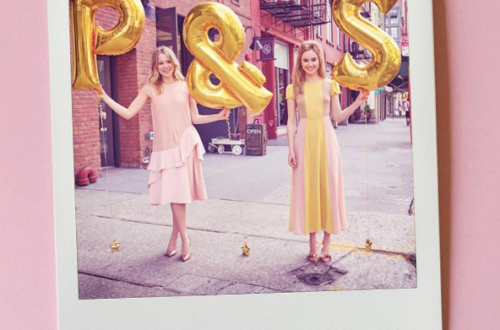During the past few weeks social networks were loaded with pictures of bloggers, models, actors and singers having the time of their life at Coachella. Images of crazy parties by the pool, floating flamingos and Californian sunsets made us all envious, admit it. What left me a little concerned is that I knew almost everything about who attended the festival and what they wore, but nearly nothing about the festival itself… How many of us actually knew who the performers were?
 My point is: Coachella has become a festival that mainly gravitates around fashion instead of music, while this latter is now only a nice background .Try to google “Coachella” and the majority of results will talk about make up, hair styles and outfits, not music.
My point is: Coachella has become a festival that mainly gravitates around fashion instead of music, while this latter is now only a nice background .Try to google “Coachella” and the majority of results will talk about make up, hair styles and outfits, not music.

For those of you who don’t know, Coachella started in 1999 thanks to Paul Tollett and at its very first year the festival lost about $ 800,000. The event was not organized the year after, but came back in 2001 and since then is held annually at the Empire Polo Club in Indio, California. In the past decade it has grown in size and scope, and in 2016 it run for two consecutive weekends generating an amount of economic activity around $704 million.

Although it was born as the “ Coachella Valley Music and Arts Festival”, during the past few years it has turned out to be a sort of fashion season, especially for the millennials. Indeed many have claimed that the evolution of Coachella resembles that of fashion week: the main focus is to target consumers and brands rely more and more often on digital influencers. Brands that attend the Festival, such as H&M, official sponsor, and Revolve are eager to sell the image of young guys that embody a new idea of “California dreamin’ ”, with their head decorated with flowers and their body covered in glitter and fringes. Their strategy aims at advertising this festival both during and before it. Indeed, on one hand, H&M has launched its ready-to-wear collection H&M Loves Coachella which was sold in a retail store built on festival ground and online, therefore offering “Coachella outside Coachella”, as claimed by Marybeth Schmitt, the head of communications for H&M North America. On the other hand advertisement is made through the organization of events that are likely to be shared on social networks, Instagram first of all. According to Marybeth Schmitt, brands must create one-of-a-kind experiences so that guests cannot but post and share it with their followers. The brand that exploited this occasion at most is undoubtedly Revolve, a LA- based online retailer: in order to expand brand awareness in 2016 it hosted the Desert House Party, at which many young influencers showed up. The results were striking: their campaign received 1.6+ million likes, 12,000+ comments and reached more than 30 million people. This year Revolve created further awareness through the opening of a members-only Revolve Social Club and the launch of hashtags like #HotelREVOLVE and #REVOLVEFestival.

That being said, it’s evident that Coachella has become a mean for fashion companies to increase their ROI, and, unfortunately, this has little to do with the concept of art that the founder had in mind, which lead The Washington Post to proclaim that Coachella is now dead. Once again, the obstinate attempt of increasing profits has overwhelmed the dream: Coachella was first conceived as a place for the youth to breath the smell of art, not of financial balances. Fashion was properly meant to be part of this festival, since it definitely is a type of art, but brands have then turned it into a barren outlet.

Now I find myself wondering what will be the future of this event. What if people get bored to scroll down pictures of pool parties and glittering tits? What if we want less crops, and more drops?
by Bianca Cattadori






